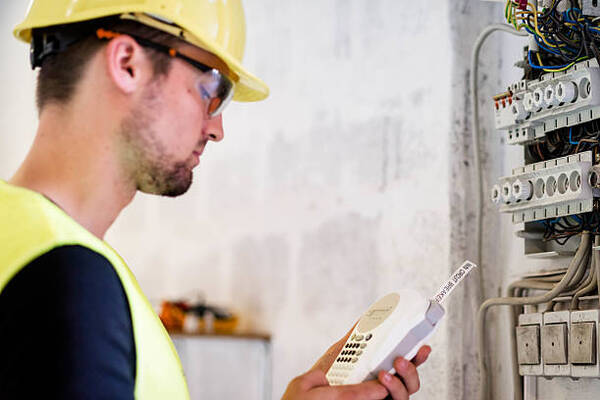- 1-905-452-8193
- Contact Us
- Member Login
- Get Listed Today
- 220,911 members

Electrical testing and tagging Melbourne is used to determine the condition of electrical equipment, circuits, and systems. It can also be used to diagnose problems and identify potential hazards.
Electrical testing is an important process that helps ensure the safety of both people and property. Without proper electrical testing, homes and businesses are at risk for fire, electrocution, and other serious hazards. Electrical testing should be done by a qualified professional regularly to ensure that the electrical system is functioning properly and safely.
What Are The Benefits Of Electrical Testing?
There are many benefits of electrical testing, but the most important ones are safety and efficiency. Electrical testing can help ensure that your electrical system is safe to use and working properly. It can also help you avoid potential problems down the road by identifying issues early on.
Electrical testing is an important part of any electrical maintenance program. By regularly testing your electrical system, you can catch problems before they cause serious damage or pose a safety hazard. That way, you can fix the problem quickly and avoid costly repairs or replacements.
In addition to safety and efficiency, electrical testing can also improve the overall quality of your electrical system. By identifying and correcting problems, you can extend the life of your system and avoid future issues. Testing can also help you improve the efficiency of your system by identifying and correcting inefficiencies.
The following list explains the types of electrical testing you should be familiar with when it comes to the safety of everyone at home or the office.
Insulation Resistance Testing
This test is used to measure the insulation resistance of an electrical system or component. It is typically performed with a megger, which is an instrument that measures the resistance of an electrical conductor.
Dielectric Withstanding Voltage Testing
This test is used to ensure that an electrical system can withstand the voltage that it will be exposed to during operation. It is typically performed with a high-voltage tester.
Ground Fault Circuit Interrupter Testing
This test is used to ensure that a ground fault circuit interrupter (GFCI) is functioning properly. A GFCI is a device that protects against electrical shocks by interrupting the circuit when it detects a ground fault.
Arc Flash Hazard Analysis
This test is used to assess the risk of an arc flash hazard in an electrical system. An arc flash is a type of electrical explosion that can occur when there is a sudden release of energy from an electrical conductor.
Protective Device Coordination Study
This test is used to ensure that the protective devices in an electrical system are coordinated properly. Protective devices include circuit breakers, fuses, and ground fault circuit interrupters.
Load Flow Analysis
This test is used to determine the flow of electric current in an electrical system. It is typically performed with a computer program that simulates the effects of different loads on the system.
Short Circuit Analysis
This test is used to determine the effects of a short circuit on an electrical system. It is typically performed with a computer program that simulates the effects of different short circuits on the system.
Protective Relay Testing
This test is used to ensure that the protective relays in an electrical system are functioning properly. Protective relays are devices that automatically disconnect a circuit when it detects a problem, such as an overload or a short circuit.
Equipment Grounding Testing
This test is used to ensure that the grounding system in an electrical system is functioning properly. The grounding system protects against electrical shocks by providing a path for the current to flow to the ground in the event of a fault.
Power Quality Testing
This test is used to assess the quality of the power supply in an electrical system. It is typically performed with a power quality analyzer.
Electrical System Modeling
This test is used to create a model of an electrical system. It is typically performed with a computer program that simulates the effects of different loads on the system.
Infrared Thermography
This test is used to detect hot spots in electrical equipment. It is typically performed with an infrared camera.
Electrical testing is an important part of ensuring the safety and proper operation of electrical equipment and systems. It is important to be familiar with the different types of electrical tests and to know when and how to use them, as they can help to identify potential problems before they become serious hazards.
If you have any concerns about the safety of your electrical system, you should contact a qualified professional to have it inspected.
